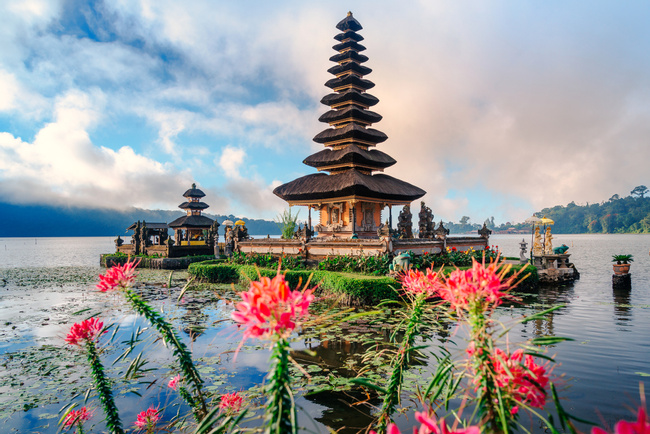Are there Hurricanes or Earthquakes?
Bali does not experience hurricanes or typhoons. During the November to March rainy season, monsoons — heavy rainstorms with seasonal winds — are common, but are not nearly as powerful as cyclonic storm systems. Bali is part of the Pacific Ring of Fire, and the area is prone to earthquakes and has active volcanoes.

Indonesia is home to 400 volcanoes, 150 of which are active. Bali’s tallest peak and holiest mountain, Mount Agung, is an active stratovolcano. Its last major eruption was in 2017, and it has been steadily erupting and spewing ash ever since. Mount Batur is Bali’s second largest volcano and last erupted in 2000.
There have been periodic large earthquakes in Bali causing building damage and landslides. Major faults exist both on the island and on the nearby ocean floor. The last major earthquake was in September 2018. Between the active volcanoes and seismic activity in Bali and Indonesia, there is also an inherent vulnerability to tsunamis along the coast.
Local and national governments have set up detection and warning systems for natural disasters, although these have experienced recent failures because of cell phone tower outages. In the event of an emergency, there are detailed evacuation plans for residents and tourists based in vulnerable areas.
Related Questions
- Is it Easy to Get a Sunburn in Bali?
- What Time Is It In Bali?
- What is the Landscape Like?
- How Big is Bali?
- Where Is Bali?
We believe travel is more than ticking destinations off a list – it’s about discovering new places deeply, feeling connected wherever you go, and knowing you have a trusted team behind you every step of the way.



